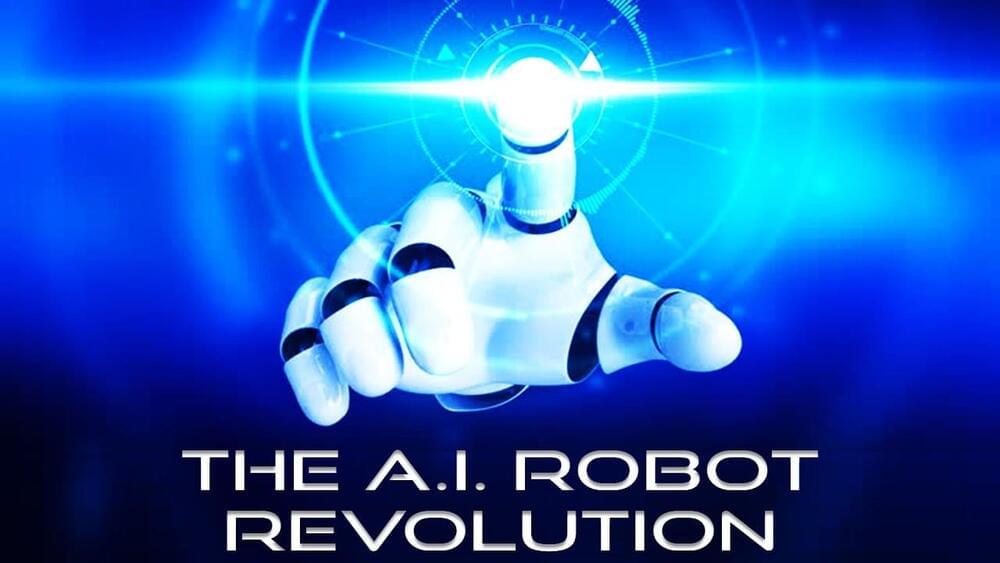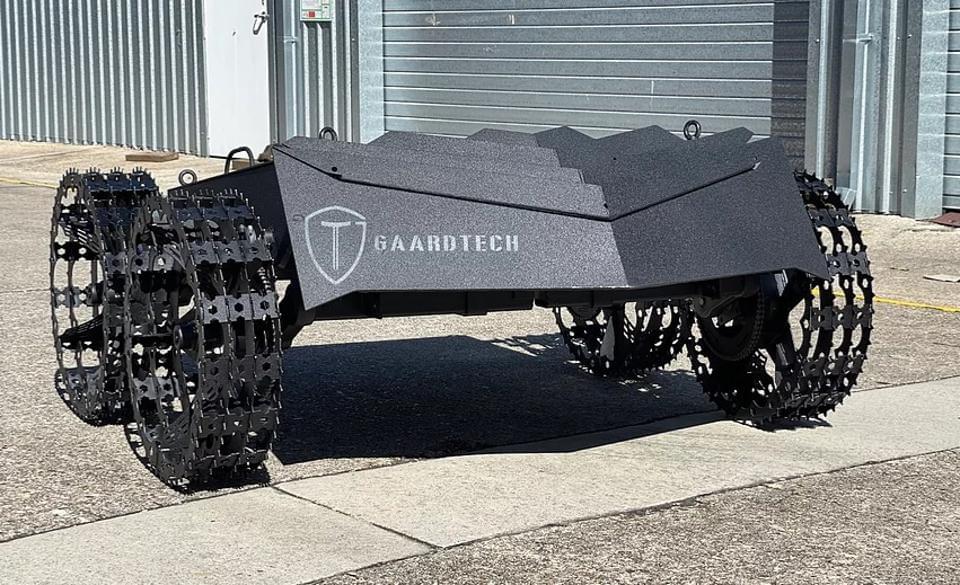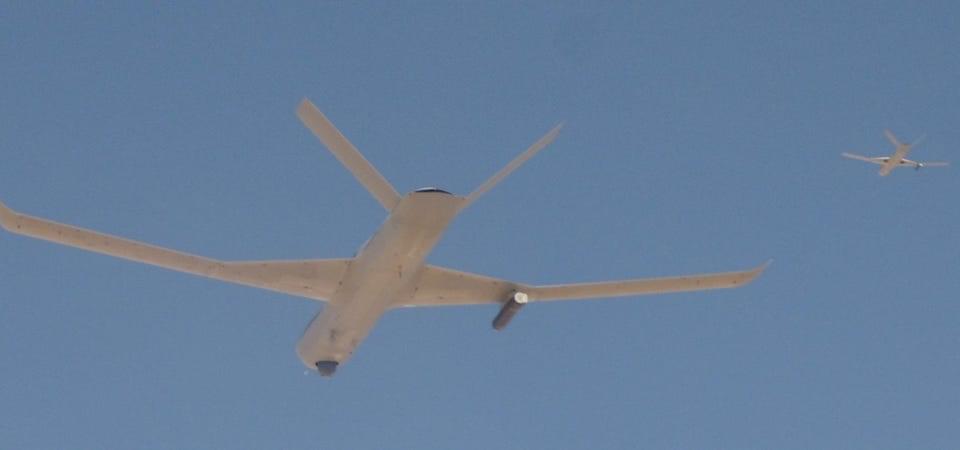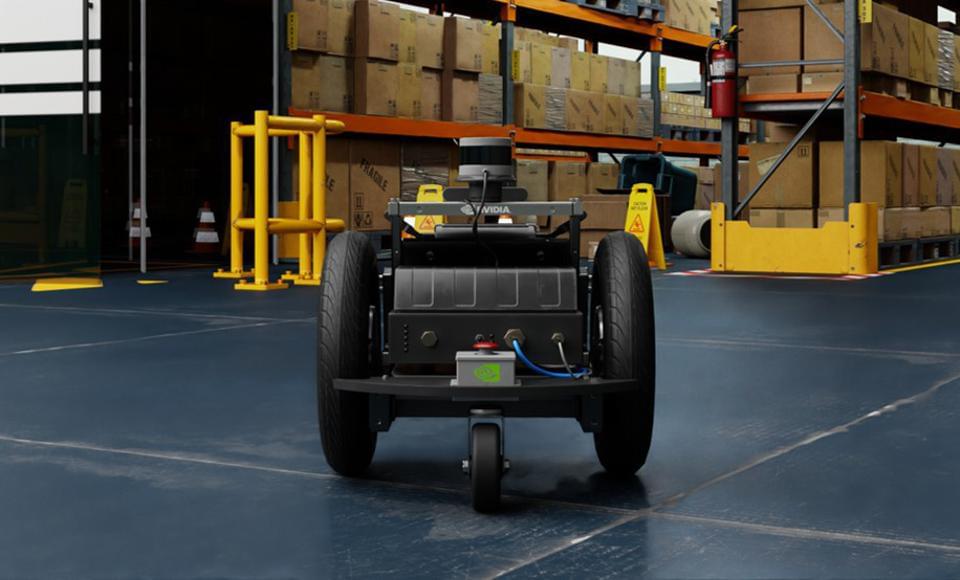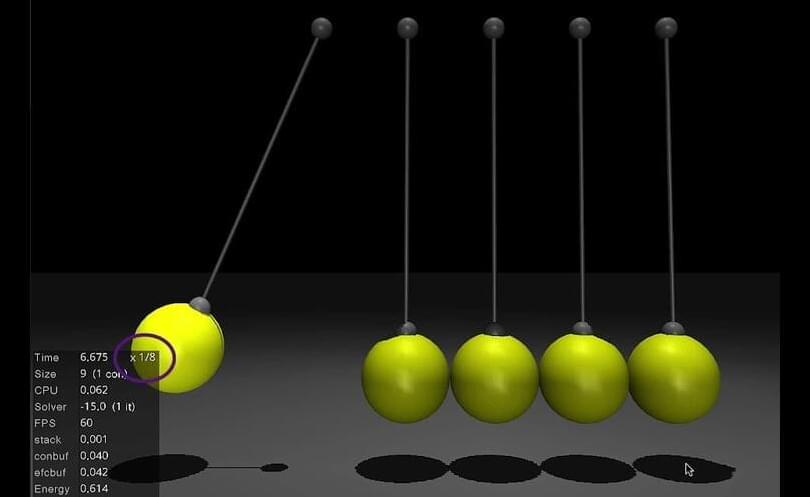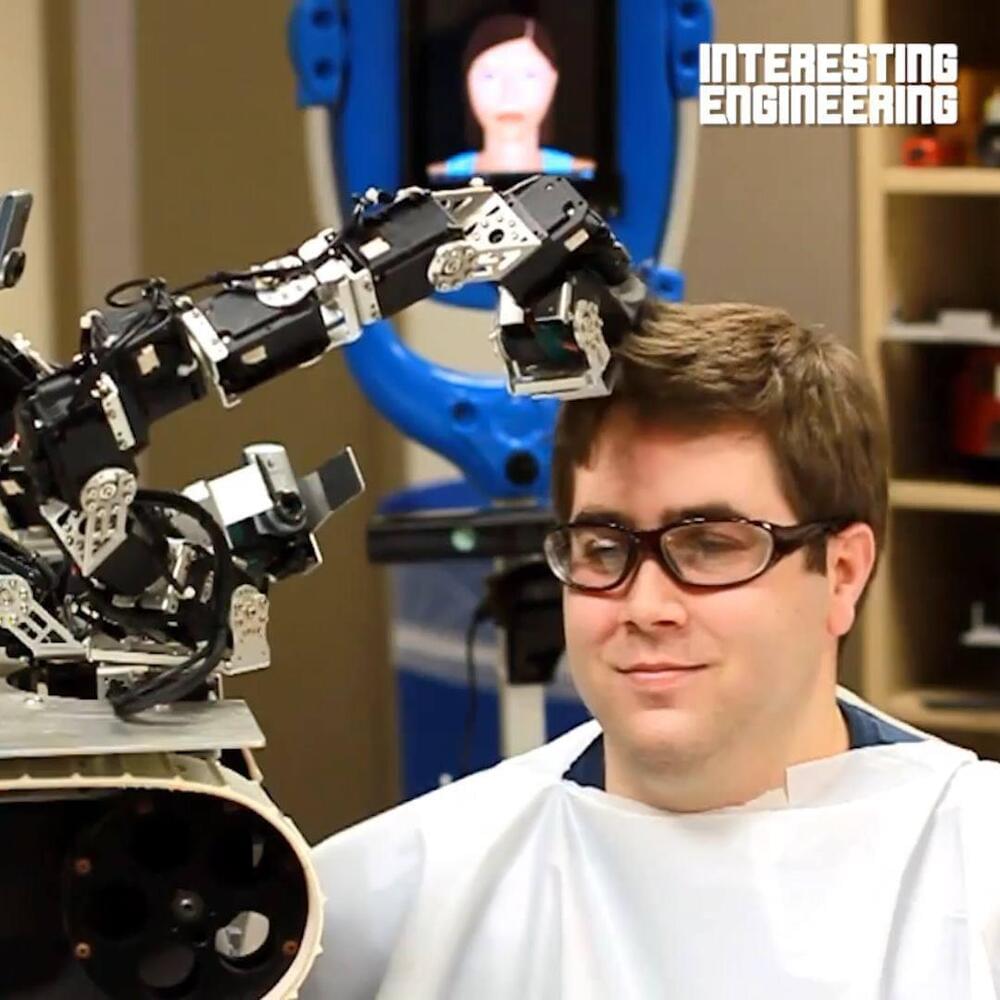To check out any of the lectures available from Great Courses Plus go to http://ow.ly/dweH302dILJ
We’ll soon be capable of building self-replicating robots. This will not only change humanity’s future but reshape the galaxy as we know it.
Get your own Space Time tshirt at http://bit.ly/1QlzoBi.
Tweet at us! @pbsspacetime.
Facebook: facebook.com/pbsspacetime.
Email us! pbsspacetime [at] gmail [dot] com.
Comment on Reddit: http://www.reddit.com/r/pbsspacetime.
Support us on Patreon! http://www.patreon.com/pbsspacetime.
Help translate our videos! http://www.youtube.com/timedtext_cs_panel?tab=2&c=UC7_gcs09iThXybpVgjHZ_7g.
Previous Episode — Is there a 5th Fundamental Force.
https://www.youtube.com/watch?v=MuvwcsfXIIo.
Should we Build a Dyson Sphere?
https://www.youtube.com/watch?v=jW55cViXu6s.

